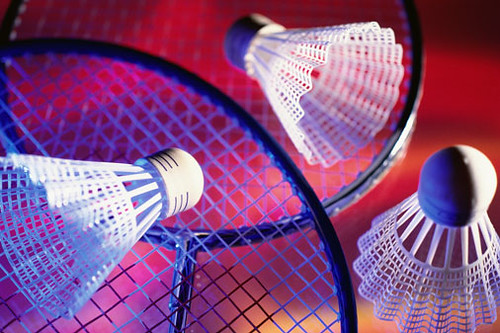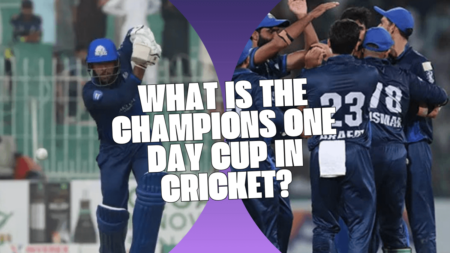
 2018 Summer Youth Olympics
2018 Summer Youth Olympics Deception in badminton is an advanced stroke play which players can develop only when they have mastered the basic shots. These shots are used to deceive or confuse the opponent during a rally. There are five commonly seen forms of deception in badminton which are detailed below.

Slicing
Slicing the shuttlecock in badminton leads to the generation of spin on it. When the shuttle is sliced from the sides can make it arc in the direction opposite to the racquet head or the posture of the player. If the slice is made at the base of the shuttle, it rotates with a backspin and lands steeply during as it descends. Both these shots are routinely used by professionals who intend to bamboozle their opponent.
Finger Power
A finger power technique develops after years of training. Power generation takes place by gripping the manner in a way that the index finger is the dominant part. It is employed as a net kill shot when the shuttle just passes over the net. When the timing is right, a short, brisk movement of the arm which is no more than 10 degrees is used as a finishing shot. Before hitting this shot, a player purposefully showcases a loose grip over the racquet, giving the opponent an idea of an incoming drop shot. Returning a finger power shot is incredibly difficult as the return needs to be made with spontaneous reflexes from a level below the knee.
Disguise
Disguise is a commonly used feint technique where the opponent’s grip pattern and body posture tells a completely different story from the short that is eventually executed. There are two commonly used disguise shots. In one technique the player leaps aggressively to indicate a smash, but eventually hits a drop shot. In another technique the player keeps a loose grip to indicate a drop shot from the forecourt but eventually hits a net lift.
Double and Triple Motions
Double motions and triple motions refer to the number of fake movements of the racquet head before the actual shot is executed. These shots are usually a result of shots that are looped high, giving the player enough time to execute a fake motion shot. In a double motions shot, one movement of the racquet is fake before the actual contact is made, whereas there are two fake movements of the racquets in a triple motion shot.
Double head fake
The double head fake is a shot where the player changes the face of the racquet head at the last moment. This causes a slight deviation in the direction of the shot, but is effective enough to confuse the opponent.
Deception shots are a visual treat and are a real test of the returner’s skills.




